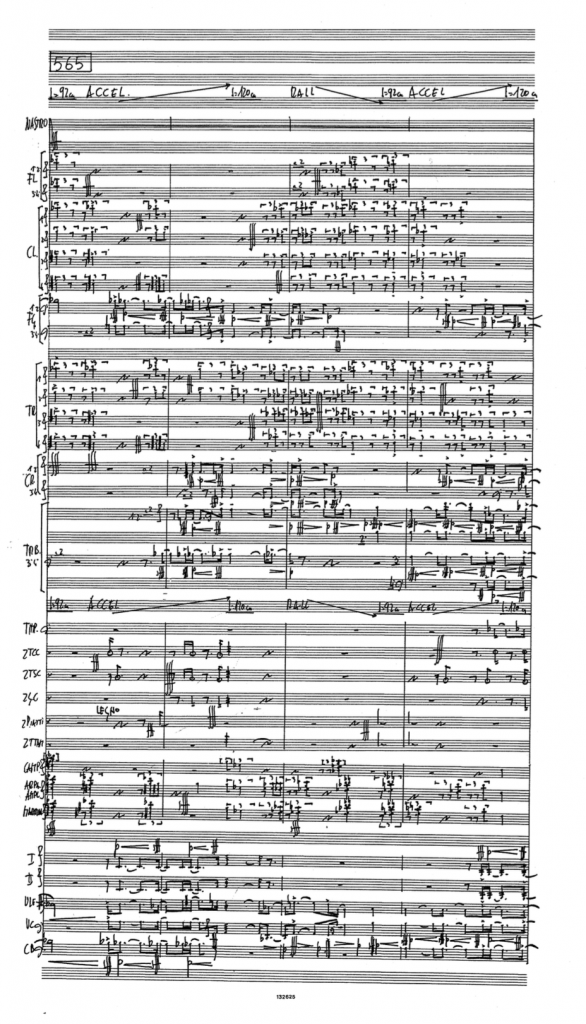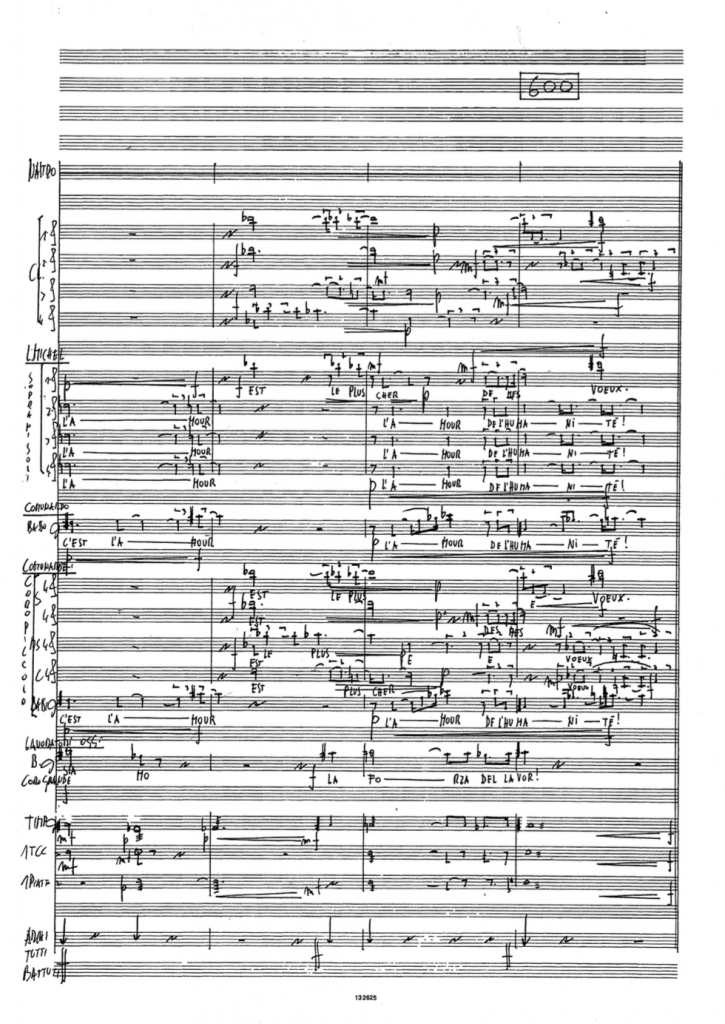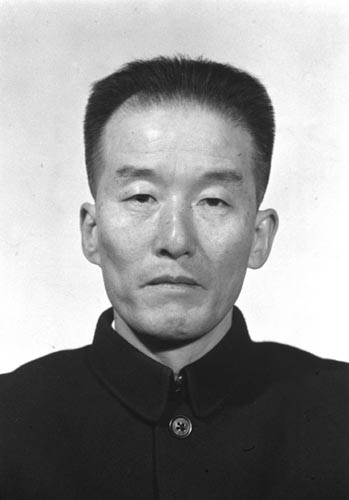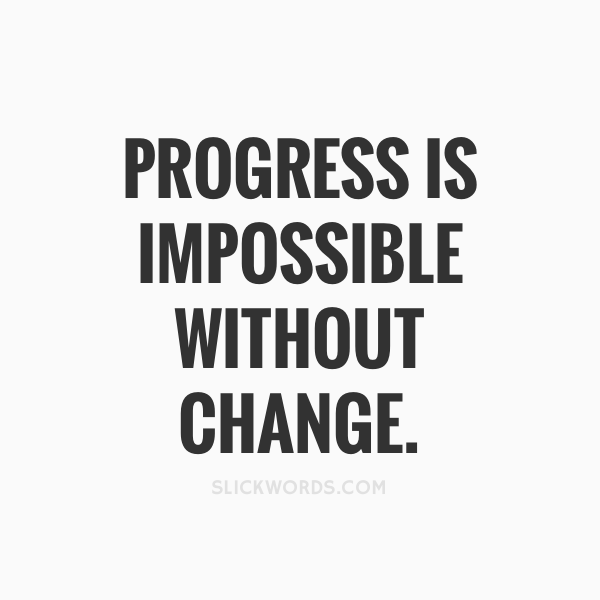With its book by Joe Masteroff, music by John Kander, and lyrics by Fred Ebb, Cabaret is quite significant in the history of musical theatre. The show sort of defies categorization. Adapted from the Berlin stories of Christopher Isherwood, Cabaret follows American writer Cliff Bradshaw as he travels to Berlin (as the 3rd Reich begins its rise to power) to find inspiration for the novel he’s writing—and boy does he find inspiration. Demanding that the audience “leave [their] troubles outside”, the opening number of the show—“Wilkommen”, arguably one of the greatest opening numbers in all of musical theatre—tells the audience exactly what they’re in for: comedy with plenty of focus on debauchery, facilitated by an emcee who enjoys himself a bit too much. (To see the original cast’s performance at the 1967 Tony Awards, click here: https://youtu.be/A9uE9TmpieI?t=90)
The storytelling of the show is divided rather cleanly into two distinct worlds: the main story goes on in Berlin, and then there are songs that take place in the Kit Kat Club which between scenes comment on the events of the story. As an example of how this commentary works in act 1, let’s take a look at “Perfectly Marvelous” & “Two Ladies”—the former taking place in the real world, and the latter in the Kit Kat Club directly after. Early on in the play, Cliff ends up agreeing to let an English singer from the Kit Kat Club (which is an actual place in the main story, not just the limbo world for the commentary songs) room with him where he is residing in Berlin. When Cliff protests for fear of social ridicule regarding his rooming with a woman to whom he isn’t married, Sally Bowles (the singer) sings the song “Perfectly Marvelous”, in which she tells him what he can say to any skeptics, at the end of which he agrees to let Sally room with him. After this scene, the emcee and two cabaret girls sing “Two Ladies” at the Kit Kat Club, which expresses how risqué Sally & Cliff staying in the same room is by offering a more extreme example: the emcee and the two ladies sleeping together as a trio.
With the comedic tone established throughout the show, the closing scene of act 1 throws quite a curveball at the audience: Nazis. After a pair of older characters decides to get married, they throw a party to celebrate their engagement. At this party, it is revealed that one of the characters whom Cliff (and by extension the audience) has come to respect is a supporter of the Nazi party. As soon as Herr Ernst Ludwig takes off his jacket and reveals his red armband with a swastika on it, the tone of the show can never be the same. Attending the party as an old friend of the bride-to-be (Fraulein Schneider), Herr Ludwig feels compelled to leave after learning that the groom-to-be (Herr Schulz) is Jewish. Trying to keep Herr Ludwig from leaving, another partygoer (Fraulein Kost) begins to sing “Tomorrow Belongs To Me”—written as a pastiche of a Nazi anthem—and this initiates the most powerful moment in the show (with the possible exception of the very end of the finale). As more and more of the guests join in singing the song, the understanding that the Nazi party is gaining support from Germans of all walks of life hangs over the heads of the principal couples (Cliff & Sally and Herr Schulz & Fraulein Schneider, who listen in worried silence) and over the audience, which is filled with people who know what the Nazi party’s rise to power means for the world. The video of the Donmar Warehouse production of Cabaret does an excellent job of giving the viewer a look at each of the four’s distress regarding the situation, and the entire scene is truly well-performed. To watch the entire party scene from that production, click here: https://www.youtube.com/watch?v=Xbw8WGupTmE&list=PLrBEhoLJ_TN_rXUUxU_47xp4ErgbD7d1H&index=8
(As a matter of clarity, it should be noted that the emcee—dressed in a trench coat and displaying his bottom with a red swastika tattooed to it at the end of the scene in this production—is not a Nazi sympathizer. As revealed in the extremely sobering end of the show, the emcee is actually Jewish, as he takes off his trench coat to reveal a concentration camp uniform before singing “Auf Wiedersehen” to the audience.)
“Tomorrow Belongs To Me” marks a complete shift in the tone of the rest of the show. Whereas the first act until this point has been comedic and focused on debauchery, the second act becomes focused on how the four leads deal with the changes happening in Berlin. In a stroke of poetic and symbolic genius, the emcee maintains his wild (and, in the Donmar Warehouse production, extremely sexually-charged) and humorous mannerisms throughout the rest of the show, right up until he removes his trench coat at the very end of the finale, as mentioned above. (Alan Cumming’s demeanor change after taking off his coat in the Donmar Warehouse production is a phenomenal moment of acting, as a matter of interest.) By maintaining the comedic style of commentary on the events of the show, the seriousness with which the characters consider what to do about their situation is juxtaposed with the way the rest of the world takes no notice and carries on as before.
Most people in the audience of any production of Cabaret will have nearly the same ideas and reactions to the end of the party scene. It is generally agreed (to my knowledge from my perspective as an American with certain ideals that I have always assumed go along with that) that the actions of the Nazis were terrible and that their supporters are a threat to the world. To those that agree with that view of Nazis, as Kander & Ebb did, “Tomorrow Belongs To Me” is clearly meant to make the audience uneasy. It’s powerful and terrifying to an audience that fears Nazis being in power anywhere again (as American audiences in 1966 would be, given how much fresher WWII was at that time).
There are people, however, for whom the song has a completely different (and backwards) meaning. For some who take the song out of context, “Tomorrow Belongs To Me” is an anthem that can unify people in support of Nazi ideals. In March of 2017, Neo-Nazi Richard Spencer (who, per a quick Google search, prefers other labels than Neo-Nazi) referenced the song in a Twitter response, linking a video of it from the 1972 Cabaret film to make his point. (To view an—informal—article responding to the Twitter thread which includes screenshots of the tweets, click here: http://www.pajiba.com/web_culture/is-tomorrow-belongs-to-me-from-cabaret-a-neonazi-anthem-.php) The tweet got a reply from Jason Kander (nephew of John Kander) that pointed out the irony of the song being used to promote Neo-Nazi views. Given that the song was written by two Jews (Kander & Ebb), there’s no reasonable perspective that can lead to actually believing “Tomorrow Belongs To Me” was intended as a pro-Nazi anthem in 1966. In the documentary series Broadway: The American Musical, Hal Prince comments quite clearly on the relationship between the Civil Rights Movement in the US and Cabaret being about Germany just before the Nazis’ rise to power. He says “I brought in a photograph from Life magazine, a two-page spread of a bunch of Arian Nazi boys snarling at the camera. And of course, it was in our country, and it was them snarling at some poor little black girl.” (Link to the section about Cabaret in the episode here: https://youtu.be/DymYqaBFdcA?list=PLl2LG8zi1XLBdwv_jiMReatyE5Raipdvx&t=883) There was no positive feeling about Nazis at work behind the scenes of the show.
This removal of song from context is something that takes place with all sorts of music. In an article on Musicology Now from September 2019, Ted Gordon discusses how classical music (specifically the music of Haydn) is sometimes used to similarly promote alt-right sentiments. (Link to the article here: http://musicologynow.ams-net.org/2017/09/does-music-trump-politics-dennis-prager.html) With the context of a controversial concert in California, Gordon discusses how Haydn’s music is used by Dennis Prager & Heinrich Schenker as being symbolic of the greatness of western culture & Austro-German culture, respectively. While few people (well, actually there definitely are some) would argue that Haydn’s music isn’t worthy of esteem, its use as a means of promoting nationalistic ideas is quite similar to Spencer’s concept of “Tomorrow Belongs To Me”. Neo-Nazi supporters go so far as to claim that Kander & Ebb’s use of German folk songs as models for the song validates their claims about the song’s intent, ignoring the fact that their decision to write a reasonably similar pastiche of songs that did have that intent was a decision born of the power and validity it would add to the song’s function in the scene and the show as a whole. Using the music of Wagner, who was absolutely anti-Semitic, to draw support for Nazi sentiments is one thing, but to use a song meant to comment negatively on the Nazi rise to power for that end is another matter entirely. The irony of ripping “Tomorrow Belongs To Me” from its context in this way only serves to made evident the ignorance of Neo-Nazi supporters.
































